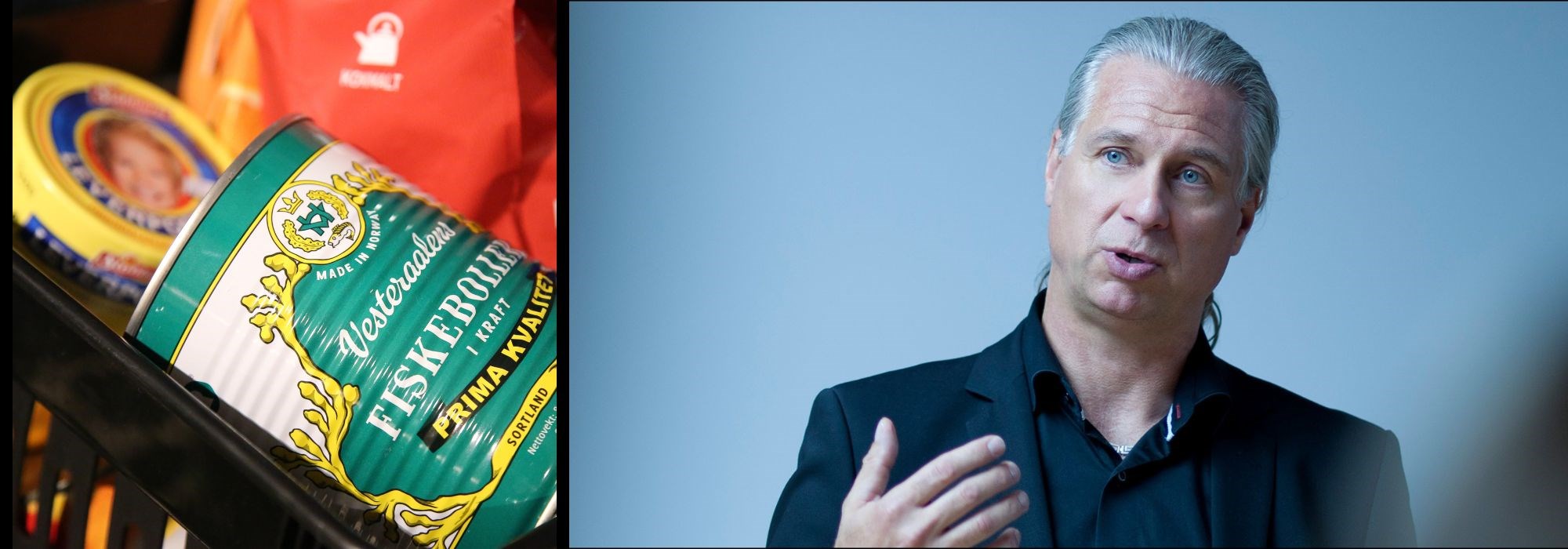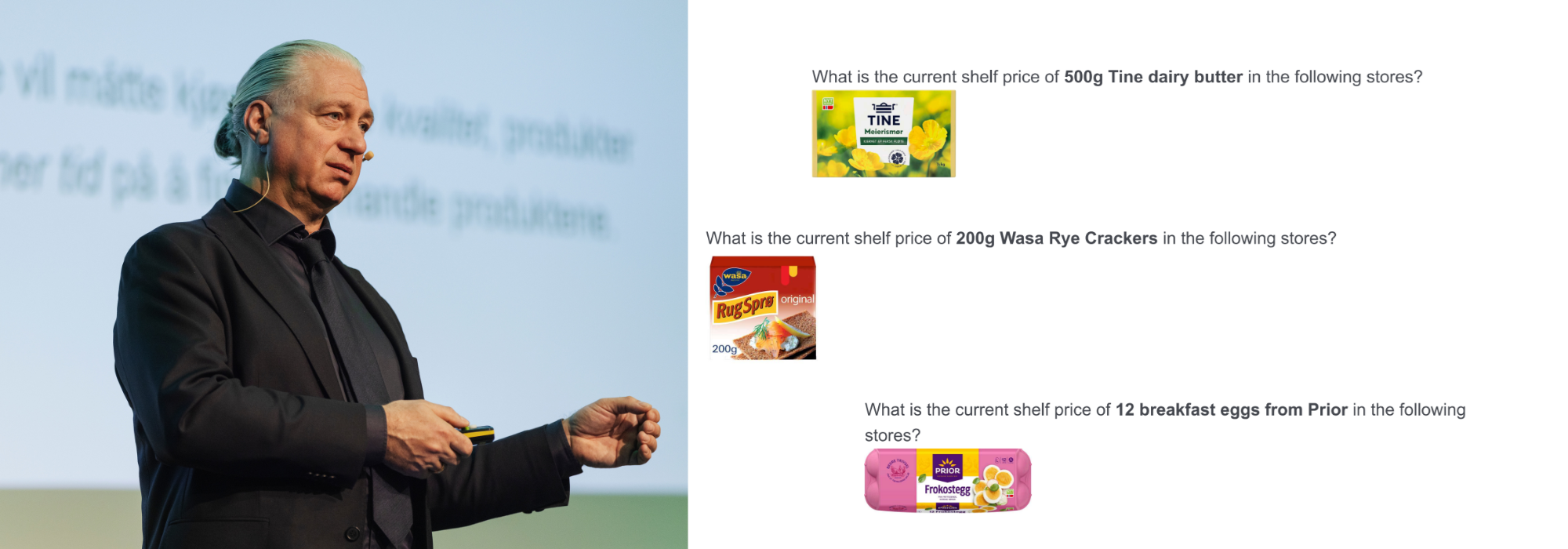
Do informed consumers pay less?
Households can save money by sharpening their price awareness, a new study shows.
Are you the type who meticulously studies promotional flyers and apps, planning your grocery shopping accordingly? Or are you someone who panic-buys daily, with no clue about what’s actually a good deal right now?
One thing is certain: both types exist. But what separates informed shoppers from those with less knowledge? And which grocery items are the real battleground?
A new, unique study conducted by the FOOD project at NHH has mapped out how good or poor price knowledge affects your wallet.
By combining surveys with data on what consumers actually put in their shopping carts — essentially, the receipt — researchers now know much more about the link between price awareness and purchasing behavior.
The FOOD project
FOOD is a five-year research project at NHH – the Norwegian School of Economics, funded by NorgesGruppen.
The goal is to promote research and new knowledge about the grocery market, especially on topics related to market structure, competition, and productivity.
The project brings together several national and international researchers in the field of grocery markets, funds research through reports and book projects, and organizes the industry conference FOOD.
Guessing the Price of 24 Items
A central part of the data collection involved surveys and price guessing. Participants were shown images of 24 typical Norwegian grocery items, such as 400g ground beef, eggs, butter, frozen cod, coffee, oats, Pepsi Max, and crisps.
They were asked to guess the price of each item at the time of the survey, both in discount stores and supermarkets. In total, over 70,000 individual guesses were submitted.
The price guessing revealed significant gaps in knowledge. For some items, people underestimated prices by an average of 40%. For others, they greatly overestimated.
The products with the largest bias were strawberry jam and crispbread. Respondents overestimated the price of strawberry jam by 60% and crispbread by 49%. In contrast, frozen cod was underestimated by 40%, and dairy butter by 25%.
Participants were better at guessing prices for items like eggs, ground beef, smoothies, and bananas. For about ten products, the deviation was less than 10% from the actual price.

Access to the «Receipt»
So what? you might be thinking.
The groundbreaking aspect of this study is that researchers also had access to data on what customers actually bought in stores over an 18-month period. Each household was anonymously linked between their price guesses and their purchase data. This made it possible to compare price knowledge with the actual price paid for the same products.
The researchers made several interesting discoveries:
Since the 1980s, economic theory has held that informed customers pay less for groceries than uninformed ones. This study is the first in the world to actually prove such a connection.
The savings aren’t because knowledgeable shoppers buy different products or shop at different stores — they simply shop smarter. What does that mean? They seek out information, such as promotional flyers, and actively compare prices. They time their purchases and take advantage of sales and campaigns.
Knowledge Pays Off — Literally
So how much can you save by shopping smarter?
Comparing someone with very good price knowledge to someone with very poor price knowledge, researchers estimate that the informed shopper pays over 2% less for groceries.
Based on Consumption Research Norway - SIFO’s reference budget, this translates to a savings of around NOK 3,600 per year, according to the study.
It also reveals some interesting demographic differences:
- People with higher education actually have poorer price knowledge than those with less education.
- Women consistently have better price knowledge than men, even after controlling for who does most of the shopping in the household.
The researchers didn’t delve deeper into the reasons in this study, but Frode Steen, research leader for FOOD and professor at NHH, finds the data intriguing.
«It’s an interesting result that a woman with low education, relatively high household income, who is primarily responsible for shopping, has all the loyalty cards, and shops at discount stores, knows the most about prices,» says Steen.
What’s the Broader Impact of This Study?
Beyond the main finding — that informed customers shop smarter and cheaper — the implications are quite logical.
In a hypothetical world where customers have 0% knowledge of grocery prices, retailers would have no incentive to lower prices at all. But in a world where people increase their knowledge, demand and expectations for lower prices can actually lead to more competition and price cuts.
Just like in society at large: knowledge pays off.
«The industry gains insight into customers’ price knowledge. Such knowledge is always useful,» says Steen.